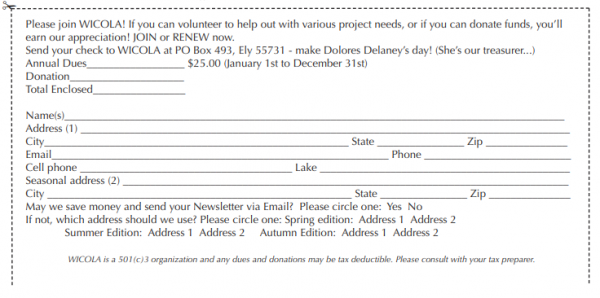Location; Kawishiwi Ranger Station, at the picnic table outside the building (there will be a tent & signs set up at that site). Participants are asked to register online for the event at www.StarryTrek.org
Volunteers from across Minnesota are needed on Saturday, August 17 to participate in a statewide search for starry stonewort, one of Minnesota’s newest aquatic invasive species. Hundreds of volunteers will gather at local training sites statewide to learn how to identify starry stonewort and other aquatic invasive species and search for them in area lakes.
Starry stonewort is an invasive algae that was first found in Minnesota at Lake Koronis in 2015 and has since spread to fourteen Minnesota lakes. Early detection of this species is critical for control. Starry Trek volunteers have found starry stonewort in two lakes – Grand Lake in Stearns County and Wolf Lake at the Hubbard/Beltrami County border – as well as other aquatic invasive species like Eurasian watermilfoil and zebra mussels during this event.
The 2017 discovery of starry stonewort in Grand Lake led to the lake association and Minnesota DNR rapidly mobilizing to hand-pull the infestation. This early intervention has widely been considered a success, with starry stonewort continuing to be limited to the small area near the public access where it was initially discovered.
“This event is a terrific way for people to get outdoors, get educated about aquatic invasive species, and help protect their area lakes,” said Megan Weber, Extension Educator with the Minnesota Aquatic Invasive Species Research Center. “The information we gain at this event helps researchers and managers understand its current distribution and potentially take action if new infestations are found.”
No experience or equipment is necessary to participate in Starry Trek. Expert training on monitoring protocols and starry stonewort identification will be provided on-site. This event is free, but registration is requested. Children under 18 must be accompanied by a parent or legal guardian.
“We’re delighted to be partnering with the Minnesota Aquatic Invasive Species Research Center for this event,” said Sonja Smerud, AIS Coordinator, Lake County SWCD. “Protecting our lakes for future generations is really important to us all, and we want to do make sure we’re doing the best we can to prevent the introduction and spread of AIS.”
There are currently 27 local training sites committed around the state, including one in Fall Lake Township, Lake County, Minnesota.
Again, our local rendezvous site will be at the Kawishiwi Ranger Station, at the picnic table outside the building (there will be a tent & signs set up at that site). Participants are asked to register online for the event at www.StarryTrek.org
Volunteers will meet at their local site for training, then will be sent to nearby public water accesses to check for starry stonewort. At the end of the day, they’ll return to the local training site to report their findings. For a full list of the sites and other FAQs, please visit www.StarryTrek.org.
The Minnesota Aquatic Invasive Species Research Center works across the state to develop research-based solutions that can reduce the impacts of aquatic invasive. A portion of the funding for this program is provided by the Environment and Natural Resources Trust Fund. Learn more at www.maisrc.umn.edu.
For statewide information, contact:
Megan Weber, Extension Educator
Minnesota Aquatic Invasive Species Research Center
763-767-3874
For local information, contact:
Sonja Smerud
Lake County Soil and Water Conservation District (SWCD)
(218) 834-8513
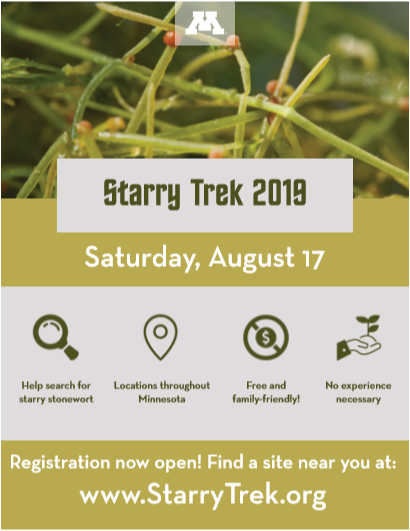
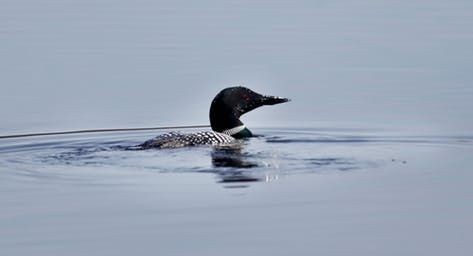 Arrowhead Lake in Britt, Minn., is home to the Laurentian Environmental Center, where plenty of nature lovers watch the comings and goings of the lake’s nesting pair of loons.
Arrowhead Lake in Britt, Minn., is home to the Laurentian Environmental Center, where plenty of nature lovers watch the comings and goings of the lake’s nesting pair of loons.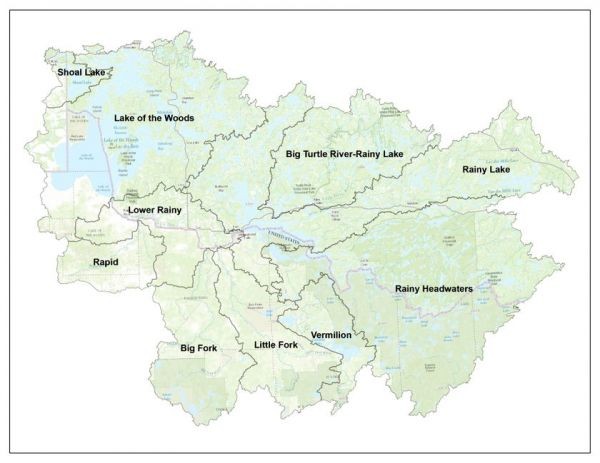 Everyone lives in a watershed and we live in what’s called the Rainy-Lake of the Woods Watershed, a massive basin, with its beginnings (called headwaters) only a short distance west of Lake Superior. A watershed is like a bathtub or catch basin, defined by high points and ridgelines that descend into lower elevations and stream valleys. A watershed carries water that is “shed” from the land after rain falls and snow melts. Drop by drop, water is channeled into the soils, groundwater, creeks and streams, making its way to larger rivers, lakes and eventually, the sea. Water interacts with all that it comes in contact with – the land it traverses and the soils through which it travels. Most importantly, what we do to the land and air affects water quality for all communities living downstream from us.
Everyone lives in a watershed and we live in what’s called the Rainy-Lake of the Woods Watershed, a massive basin, with its beginnings (called headwaters) only a short distance west of Lake Superior. A watershed is like a bathtub or catch basin, defined by high points and ridgelines that descend into lower elevations and stream valleys. A watershed carries water that is “shed” from the land after rain falls and snow melts. Drop by drop, water is channeled into the soils, groundwater, creeks and streams, making its way to larger rivers, lakes and eventually, the sea. Water interacts with all that it comes in contact with – the land it traverses and the soils through which it travels. Most importantly, what we do to the land and air affects water quality for all communities living downstream from us.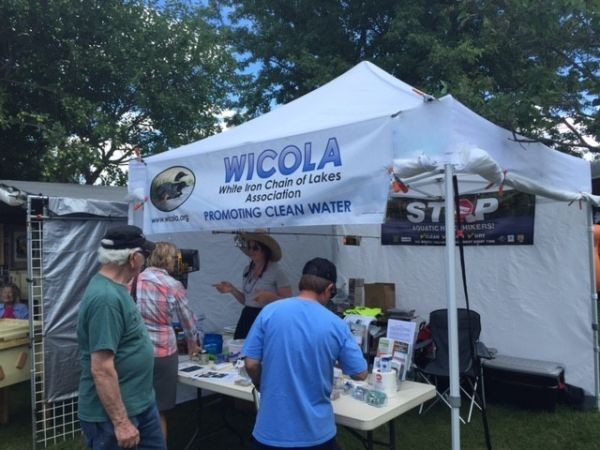
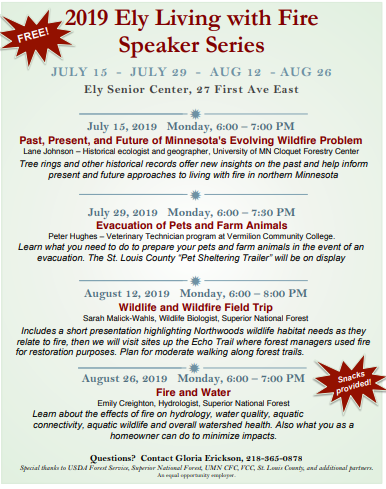
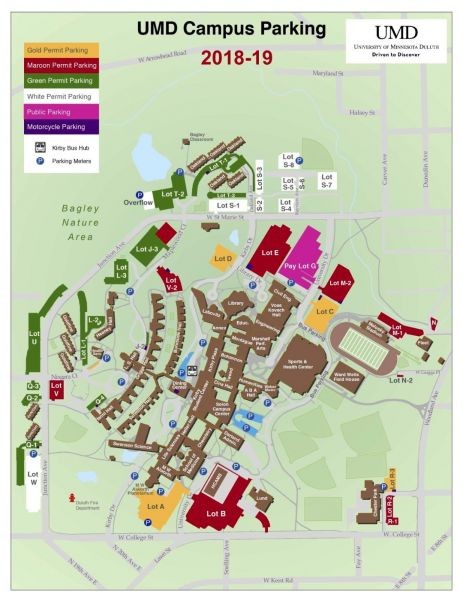
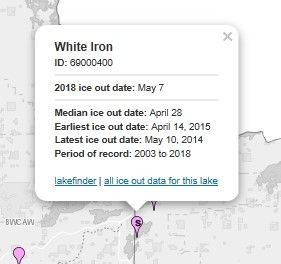
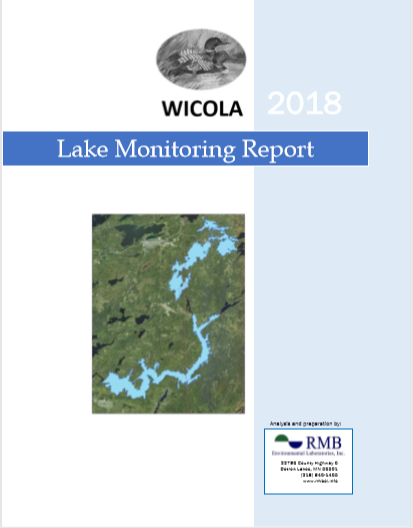 WICOLA is excited to announce the release of the 2018 Water Quality Report which analyzes ten years of water monitoring on our four-lake chain. The report highlights each lake and the entire chain’s water quality trends and makes recommendations for future steps to protect the water. You can find the report under the Resources Tab on WICOLA’s website or by clicking this link;
WICOLA is excited to announce the release of the 2018 Water Quality Report which analyzes ten years of water monitoring on our four-lake chain. The report highlights each lake and the entire chain’s water quality trends and makes recommendations for future steps to protect the water. You can find the report under the Resources Tab on WICOLA’s website or by clicking this link; 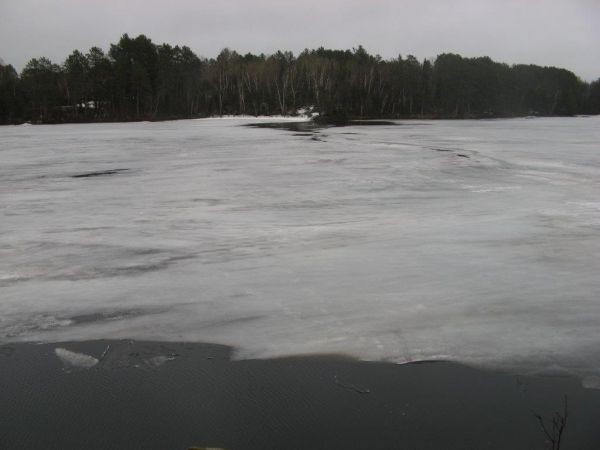
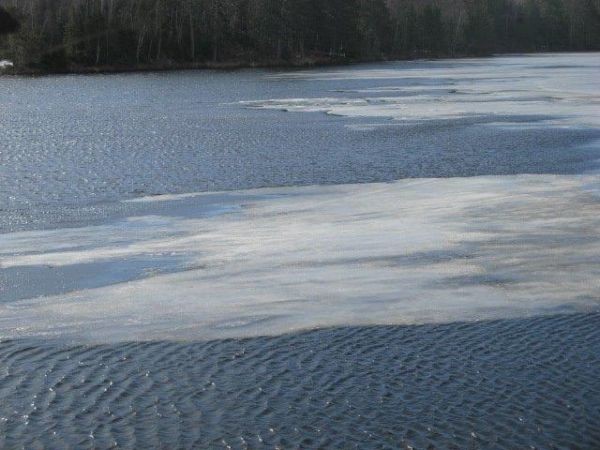
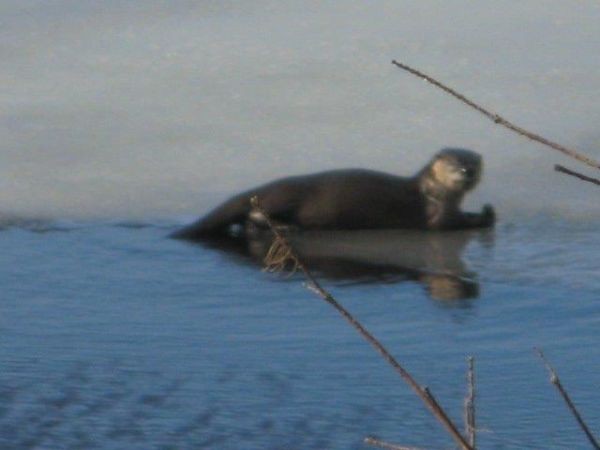
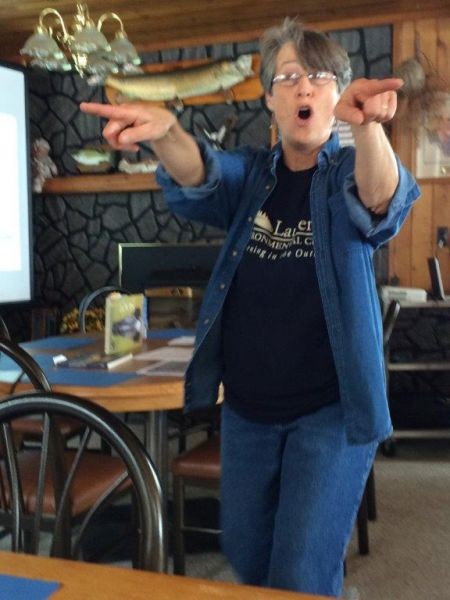
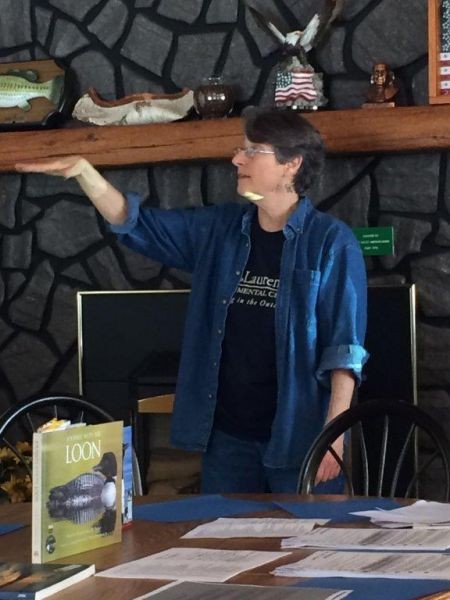
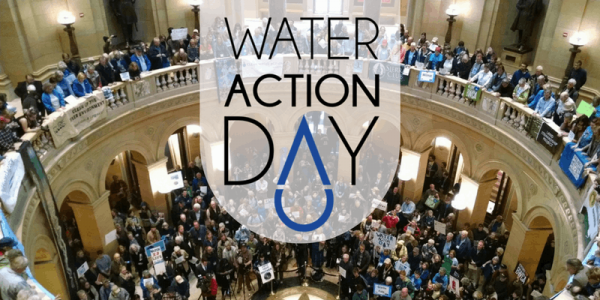 Water Action Day is a day of public action and advocacy to let lawmakers know Minnesotans care about their water.
Water Action Day is a day of public action and advocacy to let lawmakers know Minnesotans care about their water.